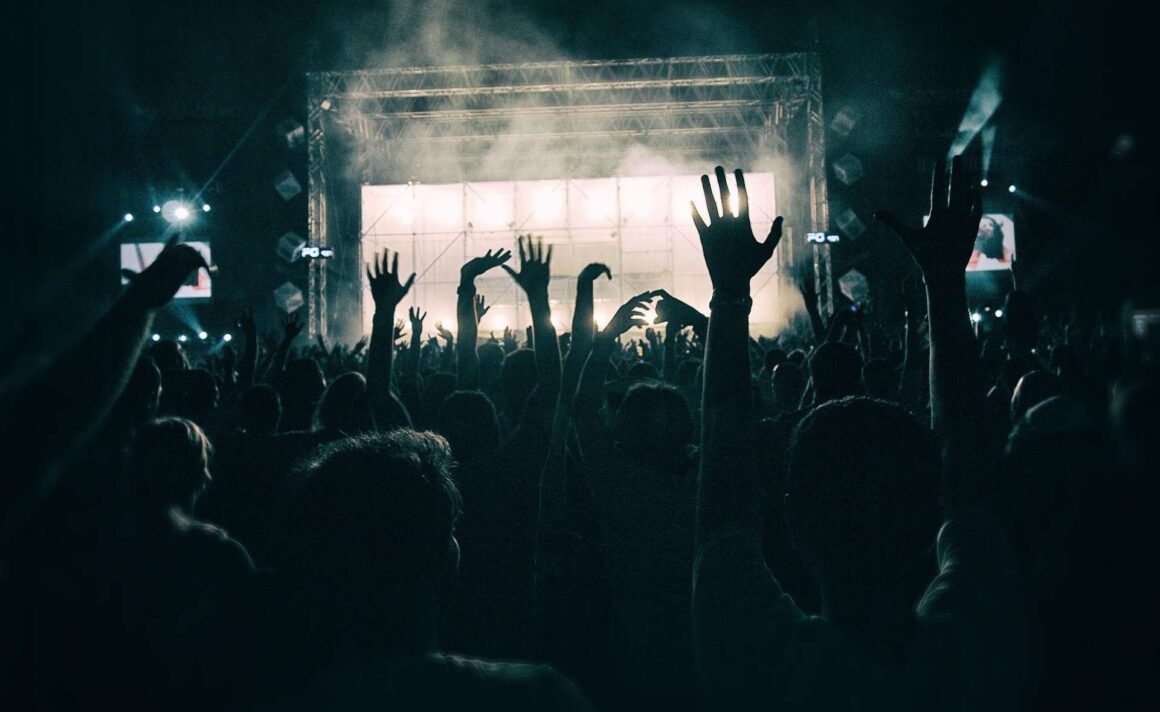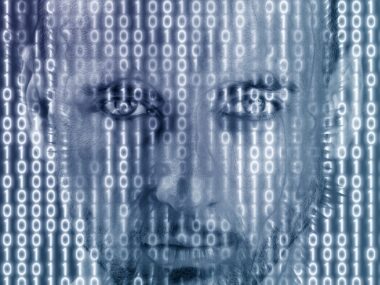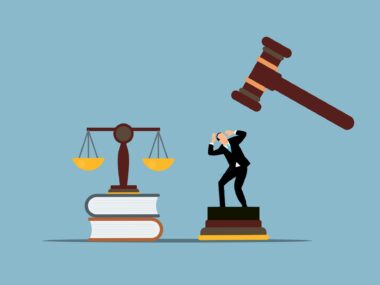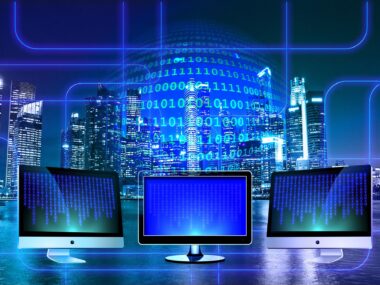Will Smith was slammed online for posting a concert video showing what looked like an AI-generated crowd. Viewers spotted odd hands, blurred faces, body parts melding together: tell-tale signs of a fake video. While it’s pathetic he’d stoop so low, it’s also dangerously manipulative.
The Appeal of Faking It
Crowd size has always been a powerful symbol. Visual cues like crowds work because we’re wired to believe in social proof. If everyone else seems to be paying attention, maybe we should too.
It’s not the only factor that determines whether an artist can perform at big venues, but it does play an important role. Promoters and venues want someone who can fill seats so they can maximize ticket sales. A packed arena signals popularity, profitability, but also influence.
The same logic applies to politics. It’s why politicians tend to brag about the size of their rallies. It sells the idea that their message resonates with the masses. Large, enthusiastic crowds implies momentum or legitimacy. They can sway undecided voters, energize supporters, or intimidate their opponents.
When AI is used to inflate those numbers, whether at a concert or a campaign stop, it’s an attempt to manipulate perception.
Technology Is Catching Up
For the longest time, AI wasn’t good at rendering large groups of people. You have a sea of individuals moving around in different ways, each one with distinct features. There are too many intricate details to take into account.
That’s starting to change now that the technology is catching up. AI video generators like Google’s Veo 3 or OpenAI’s Sora 2 are getting better at producing realistic content. Soon it will be almost impossible to tell whether a photo or video of a crowd is real. That’s where the real danger begins.
A World Where Seeing Isn’t Believing
Crowd manipulation with AI has two major risks. First, it creates misinformation. Fake crowds make it easy to exaggerate support. It doesn’t matter if it’s for an artist or a politician. Second, it undermines trust in authentic records. If every crowd could be fake, then genuine images can be dismissed as being fabricated.
We’re already seeing this play out on social media. Deepfakes are created by AI to mimic the face or voice of a real person. They’re used to spread misinformation or damage someone’s reputation. It doesn’t help that we’re viewing these visuals on a small screen. If you’re not critical of what you’re seeing online, it’s easy to assume something is real without questioning it.
Crowds have always been symbols of legitimacy and success. When AI can conjure them out of thin air, they become a form of propaganda. Next time you see a video of a packed crowd somewhere, ask yourself if those people even exist.





